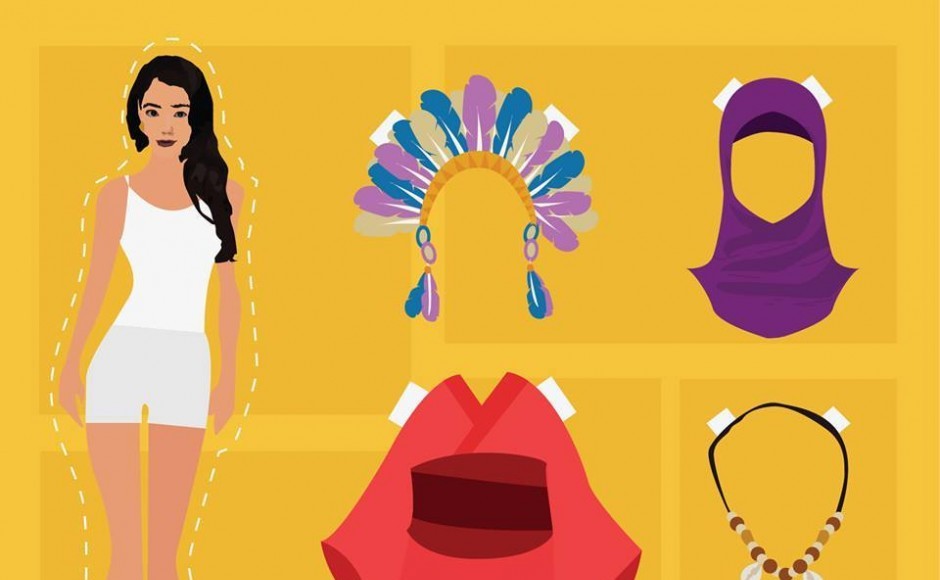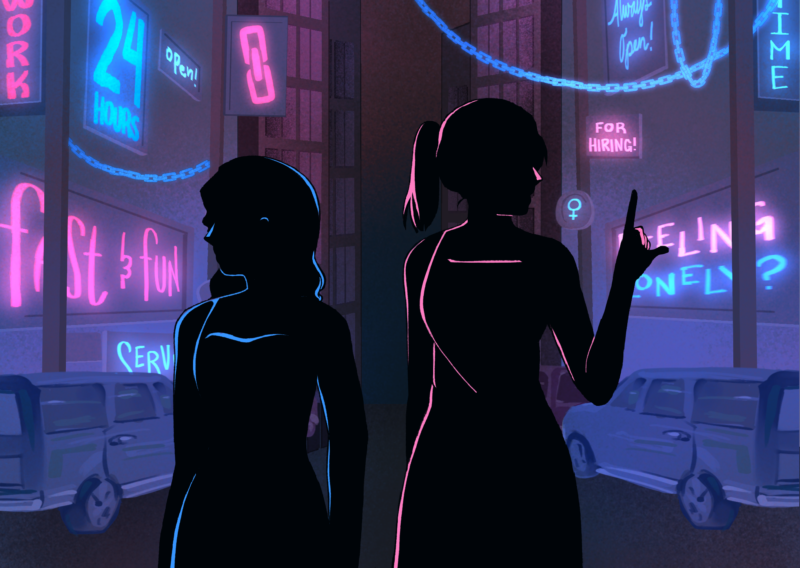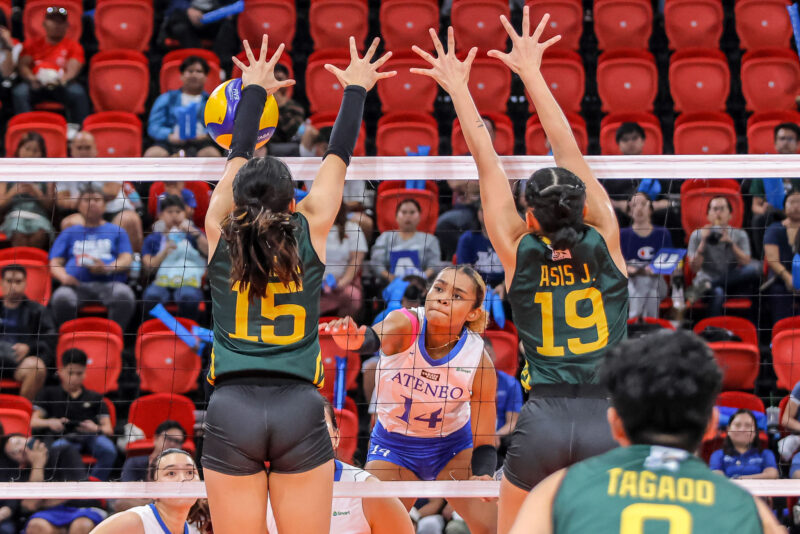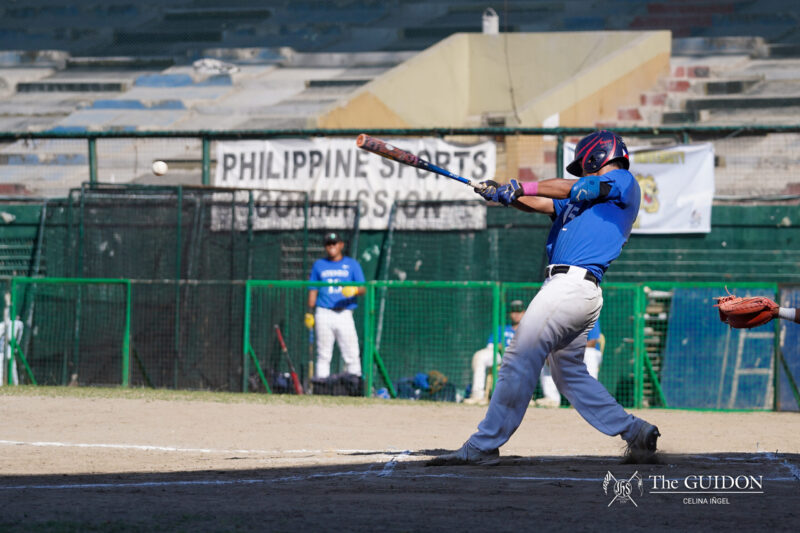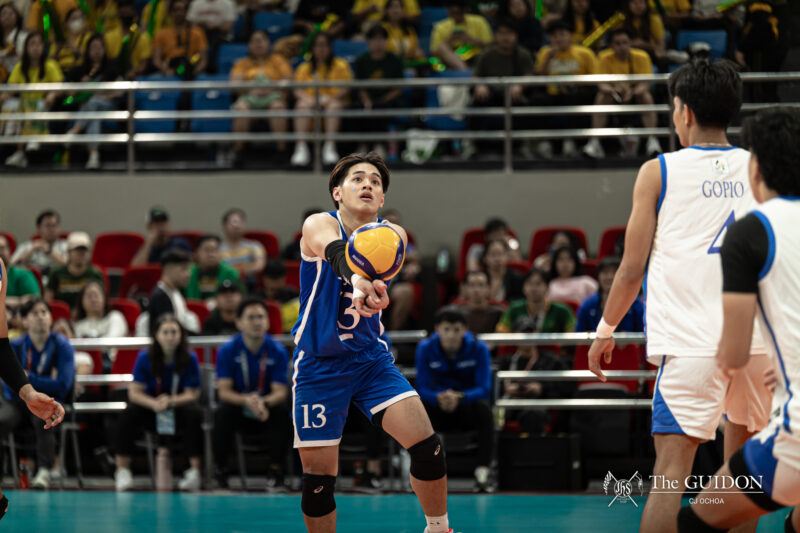People in the arena cheer as a group in red and gold Muslim-inspired garb exits while a team wearing costumes emblazoned with the yin-yang symbol take the floor. Later, another group creates a spectacle, not just with their flawless stunts but also with their braided pigtails, feather headdresses and streaks of blue face paint.
The annual University Athletic Association of the Philippines (UAAP) Cheerdance Competition (CDC) has always been an occasion to experiment with themes. This year, however, the Muslim, Chinese and Native American motifs used by the dancers from the University of Santo Tomas (UST), Far Eastern University (FEU), National University (NU) and University of the East (UE) triggered a social media uproar regarding the issue of cultural insensitivity.
One might wonder what the big fuss is all about when it comes to cultural appropriation, the act of taking certain cultural meanings from their original context and applying them to another. However, as similar complaints made about today’s fashion trends and music videos prove, it can often lead to the broadcasting of warped depictions of specific cultures.
Inappropriate appropriation
Although most think cultural appropriation is harmful, social sciences senior Clinton Balbontin has an alternate perspective. “Cultural appropriation, for me, is celebratory. It can be a root for a sense of identity. In the realms of cultural heritage, an outsider using an element of your culture can create a sense of pride.”
As for why people do it, Andrew Ty, a media studies lecturer from the Communication Department, says, “I think it’s partly because of the recognition, ‘Hey, there are other available cultures out there,’ and a certain kind of curiosity: ‘What are these other cultures?’” The motives fuelling cultural appropriation aren’t always malicious, as some see it as a way of immersing themselves in a culture other than their own or creating awareness about sensitive issues.
Paolo Vergara, a junior communication major specializing in media studies, agrees with these sentiments. “I believe [the reason cultural appropriation has been a part of pop culture for so long] lies with the relative novelty of unfamiliarity, of seeing a group whose ways of transacting with the world and of seeing differ from ours. To put it colloquially, may ‘aliw factor,’” he explains.
Things become a lot less amusing, however, when only the surface elements of a culture carry over. On the subject of the costumes of the UST, FEU, NU and UE teams during the UAAP CDC, Ty remarks, “You’re basically using an entire culture, reducing them to their image and then putting it on as if it was just a matter of style rather than something with deep cultural meaning.”
Several American celebrities are guilty of this too. In 2013, Lady Gaga wore a hyper-sexualized version of the traditional Islamic hijab or veil, and encouraged her fans to take pictures of themselves in similar outfits using the hashtag “#burqaswag,” in reference to the outer covering used by Islam women. At this year’s Coachella Valley Music and Arts Festival, Vanessa Hudgens, Selena Gomez, Sarah Hyland and Kendall Jenner were spotted sporting the bindi, a decorative mark worn by Hindu women on their foreheads that has great religious significance.
In cases such as these, where songs, dances, rituals or icons with rich symbolism are exoticized and appreciated based only on their aesthetic merits, Ty laments that “it becomes a masquerade. It becomes empty. It becomes superficial.”
Sugar and spice
According to Vergara, “The main venue, whether we like it or not, for cultural appropriation is media. Our media is built on imagery and impressions. Just as much as there is a lot being said, there is even more being unsaid.” As of late, cultural appropriation has been making headlines as songs and music videos have been stirring up controversial debates regarding stereotypical views on race.
For instance, Taylor Swift drew criticism when she released the music video for her new single, “Shake It Off.” Dressed in a leopard-print top, short shorts and gold accessories, Swift crawled under a row of African-American women twerking for the camera. According to a The Daily Beast article written by Amy Zimmerman, “A barrage of online backlash has taken issue with Swift’s sweet, quirky appropriation, pointing out that not all white, female dancers are ballerinas and not all black ones exclusively love to twerk.”
Swift was hardly the first artist to be accused of cultural appropriation. Pop rock princess Avril Lavigne’s music video for “Hello Kitty,” which commodifies Japanese culture, appears to have been inspired by the Harajuku Girls, the four Japanese dancers who served as Gwen Stefani’s entourage while she was a solo act.
She also cannot be credited with being the first white girl to twerk—this distinction is reserved for Miley Cyrus, who is quickly becoming one of the most controversial celebrities of her generation. According to Ty, Cyrus took a dance move that was traditionally associated with African-American subcultures and used it in the “We Can’t Stop” music video to prove that she had graduated from her “goody-goody Hannah Montana days.”
Swift, Lavigne and Cyrus may have intended to pay homage to certain cultures, but because of their ignorance or unfamiliarity with these cultures, they caused offense instead. The problem lies in their use of stereotypes to represent the specific culture they chose to explore; in the process, these cultures were simply generalized instead of appreciated in their entirety.
Debate and discourse
In her essay, “Eating the Other: Desire and Resistance,” American author and acclaimed feminist Gloria Jean Watkins, better known by her pen name bell hooks, writes, “Within commodity culture, ethnicity becomes spice, seasoning that liven up the dull dish that is mainstream white culture.” This captures exactly what has been going on in pop music, as various ethnic groups have been placed on this so-called spice rack to give flavor to the Top 40 hits.
Cultural appropriation becomes equally dangerous when it prevents the members of a culture from developing their own identity. Balbontin points out that much of mainstream Filipino media has been engaged in this, long before it became a buzzword. In Filipino dramas like Maria Flordeluna (2007), Ina, Kapatid, Anak (2012) and Maria Mercedes (2013), for instance, viewers can see a strong Latin American influence.
“Telenovela is an appropriated format of a television show from Latin America,” Balbontin notes. “But, for Filipinos, [Latin American] sensibilities may be hard to digest as a whole. So, instead, we adopted its elements and created our own version that matches our own tastes.” He adds that because of this phenomenon, we lose the opportunity to define the Filipino identity—we end up becoming “manggagaya” or copycats.
In a globalized world where most of us have access to a wide spectrum of cultures, it seems cultural appropriation may be unavoidable. “To a certain degree, it’s somewhat necessary for cultural appropriation to take place,” explains Ty. “But what I think should happen alongside this is we should also be cautious about the way in which these things play out.”
Ty adds that although cultural appropriation is indeed problematic, it is not entirely negative. For instance, the use of an originally offensive word such as “nigger” is now used by African-American groups as a term of empowerment, or as a name that subscribes to their kinship or brotherhood. “As long as there’s dialogue about it and people learn about different cultures through the dialogue, then it’s okay.”
To do the appropriated culture justice, a certain amount of care must be taken so as not to convey the wrong idea. Ty suggests answering the question of why before deciding to include cultural objects that could just as well be unnecessary. As Balbontin says, “You can never use another culture as your own unless you fully understand it.”

